

— Blogs —
—Products—
 Consumer hotline +8618073152920
Consumer hotline +8618073152920 WhatsApp:+8615367865107
Address:Room 102, District D, Houhu Industrial Park, Yuelu District, Changsha City, Hunan Province, China
Product knowledge
Time:2022-09-12 09:25:47 Popularity:1077
Skin in the construction of agricultural IoT system: (humidity sensor, PH sensor, CO2 concentration sensor, etc.)
In traditional agriculture, people have limited ways to obtain farmland information, mainly through manual measurement, which requires a lot of manpower. However, the old method is basically used, which wastes manpower every day, and asks the staff to go to each greenhouse to detect the CO2 concentration with a CO2 detector, turn on the fan, and open the side windows and skylights.
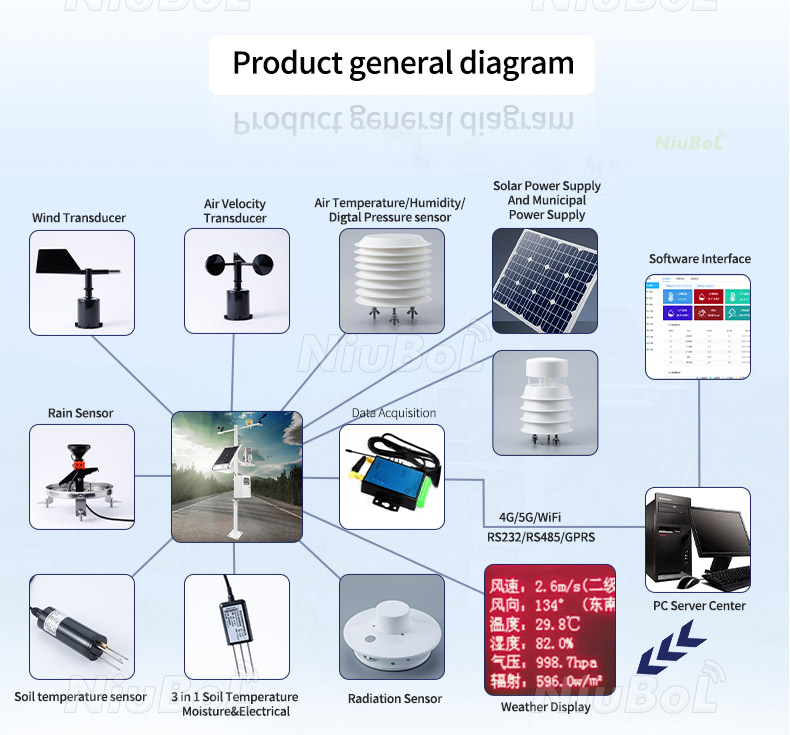
By using wireless sensor networks, manpower consumption and the impact on the farmland environment can be effectively reduced, and accurate crop environment and crop information can be obtained. In modern agriculture, a large number of sensor nodes form a monitoring network with different functions. Collecting information through various sensors can help farmers find problems in time and accurately capture the location of the problem.
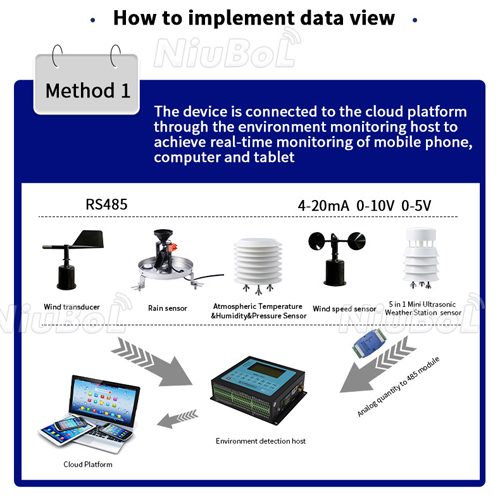
In recent years, with the development of smart agriculture and precision agriculture, the application of IoT technologies such as intelligent sensing chips and remote control systems in modern agriculture has gradually expanded. In monitoring crop irrigation, soil air changes, environmental conditions of livestock and poultry houses, and large-scale surface testing, collecting temperature, humidity, wind, atmosphere, rainfall, soil moisture, soil nitrogen, phosphorus and potassium content and PH value, etc. Sensing technology is playing an increasingly important role in the development of precision agriculture, so as to achieve scientific monitoring, rational planting, help farmers fight and reduce disasters, improve comprehensive agricultural benefits, and promote the transformation and upgrading of modern agriculture.
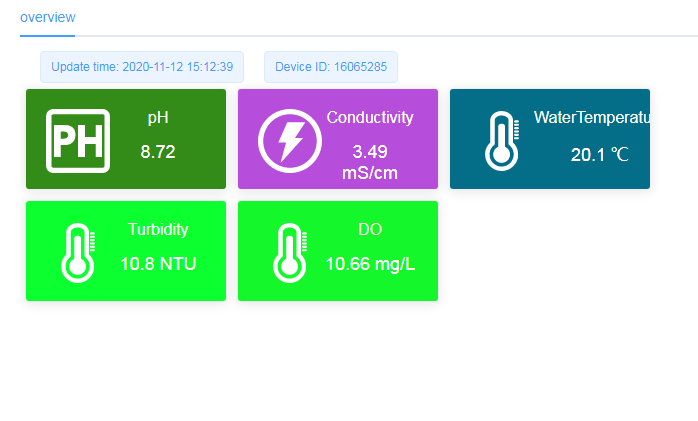
In the field of modern greenhouse cultivation, IoT technology precisely cares for the seedlings of crops. In this process, sensor equipment such as temperature, humidity, PH value, photosynthetically active radiation, and CO2 concentration detect environmental physical parameters. best growing environment.
In addition to the planting industry, in the aquaculture industry, the data collected by sensors such as depth, pH value, dissolved oxygen, turbidity, salinity, and ammonia nitrogen can analyze the relationship between the length and weight of aquatic products in each aquaculture stage. The relationship between the breeding environment factors and the nutrient absorption capacity and intake of the bait, etc., and the detailed analysis of this, and rational breeding;
In the livestock and poultry breeding industry, sensors such as CO2, ammonia, hydrogen sulfide, noise, and dust can monitor the environmental information in the farm, and remotely control the related equipment through the data analysis results, so that the breeding environment of the livestock and poultry houses can reach the best state and achieve Scientific breeding, the goal of reducing epidemics and increasing income.
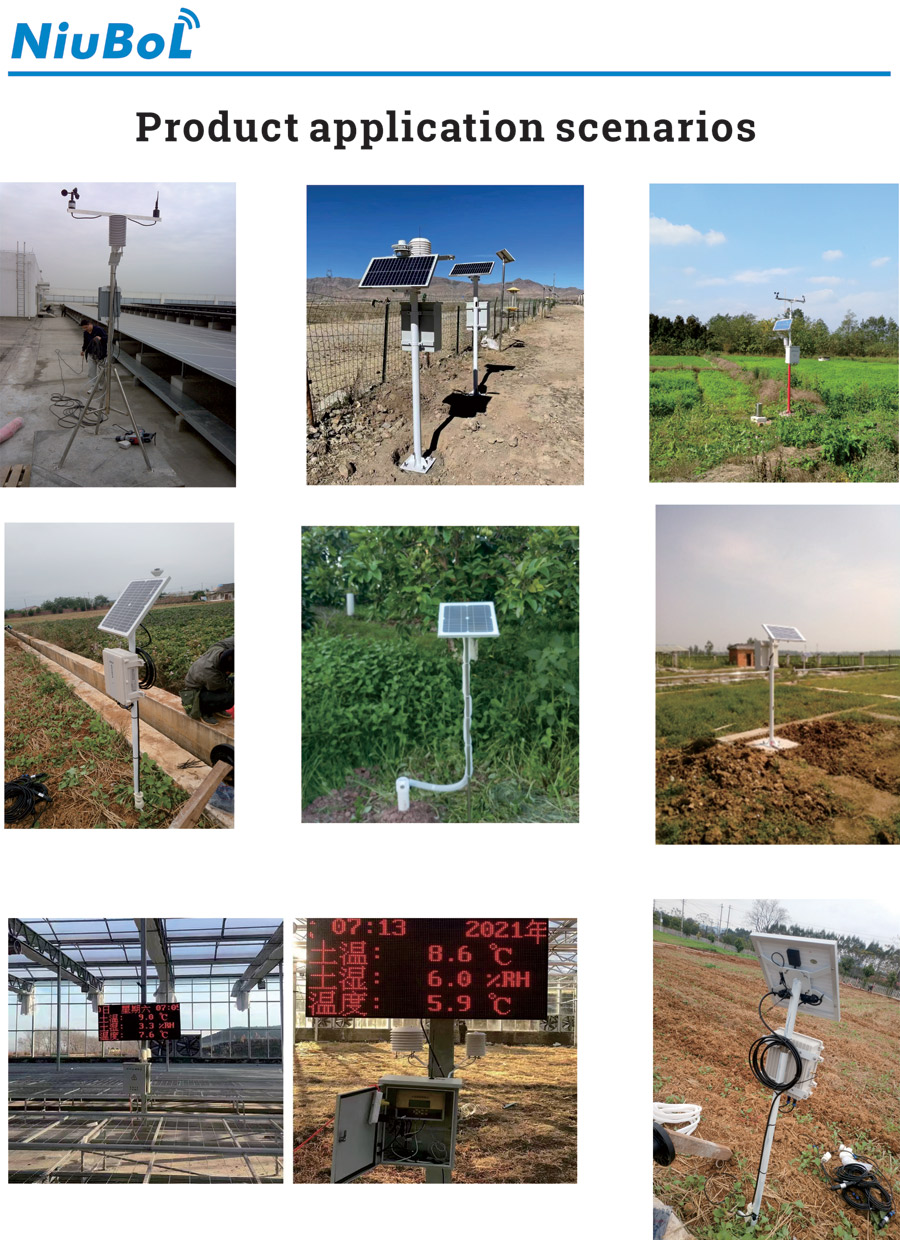
In recent years, sensors are undergoing a transformation from traditional to new. New sensors tend to be miniaturized, digital, intelligent, multi-functional and networked, which not only promotes the rebirth of traditional agriculture, but also plays an increasingly important role in the field of agriculture.
Prev:Introduction, principle and application of water and fertilizer integrated machine
Next:Agricultural Internet of Things uses sensors in greenhouse systems to form monitoring networks
Sensors & Weather Stations Catalog
Agriculture Sensors and Weather Stations Catalog-NiuBoL.pdf
Weather Stations Catalog-NiuBoL.pdf
Related recommendations
Related products
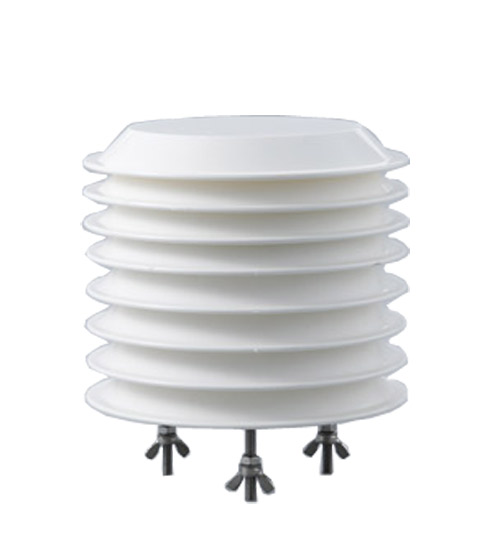 Atmospheric Temperature Humidity Pr···
Atmospheric Temperature Humidity Pr···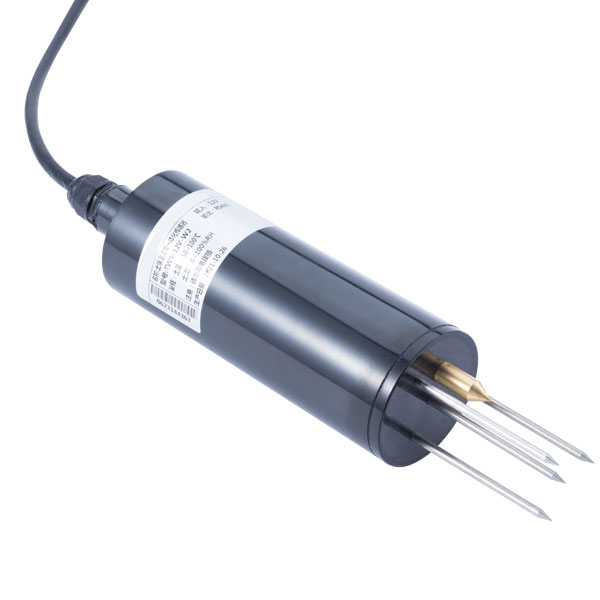 Soil Temperature Moisture Sensor 4-···
Soil Temperature Moisture Sensor 4-··· Air temperature, humidity and atmos···
Air temperature, humidity and atmos···
Screenshot, WhatsApp to identify the QR code
WhatsApp number:+8615367865107
(Click on WhatsApp to copy and add friends)